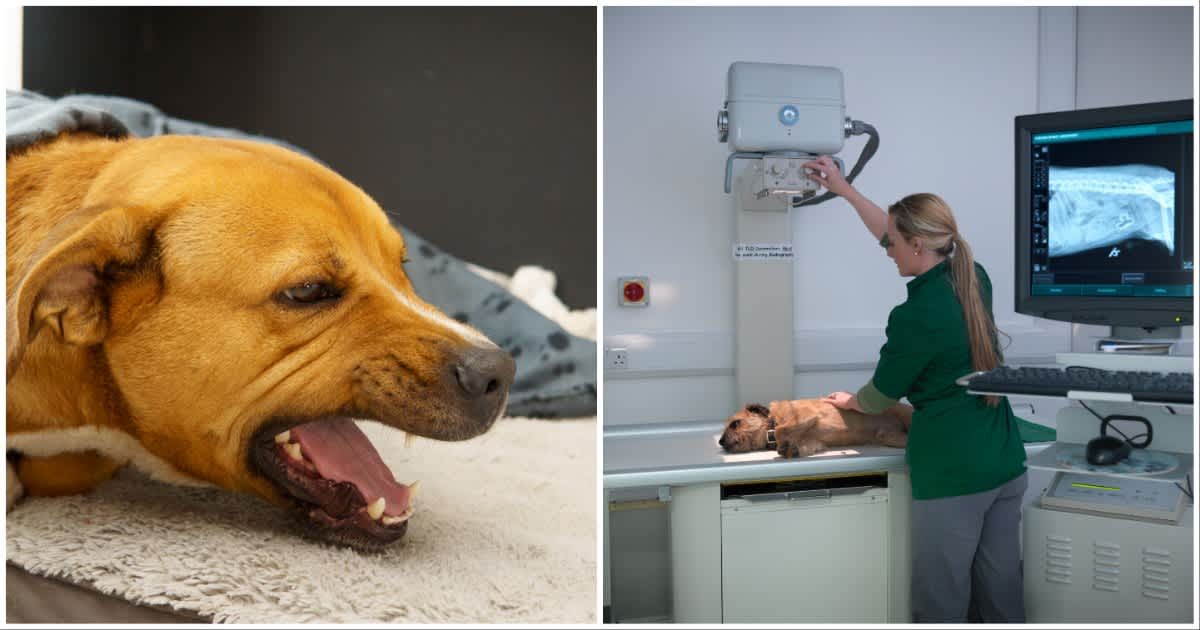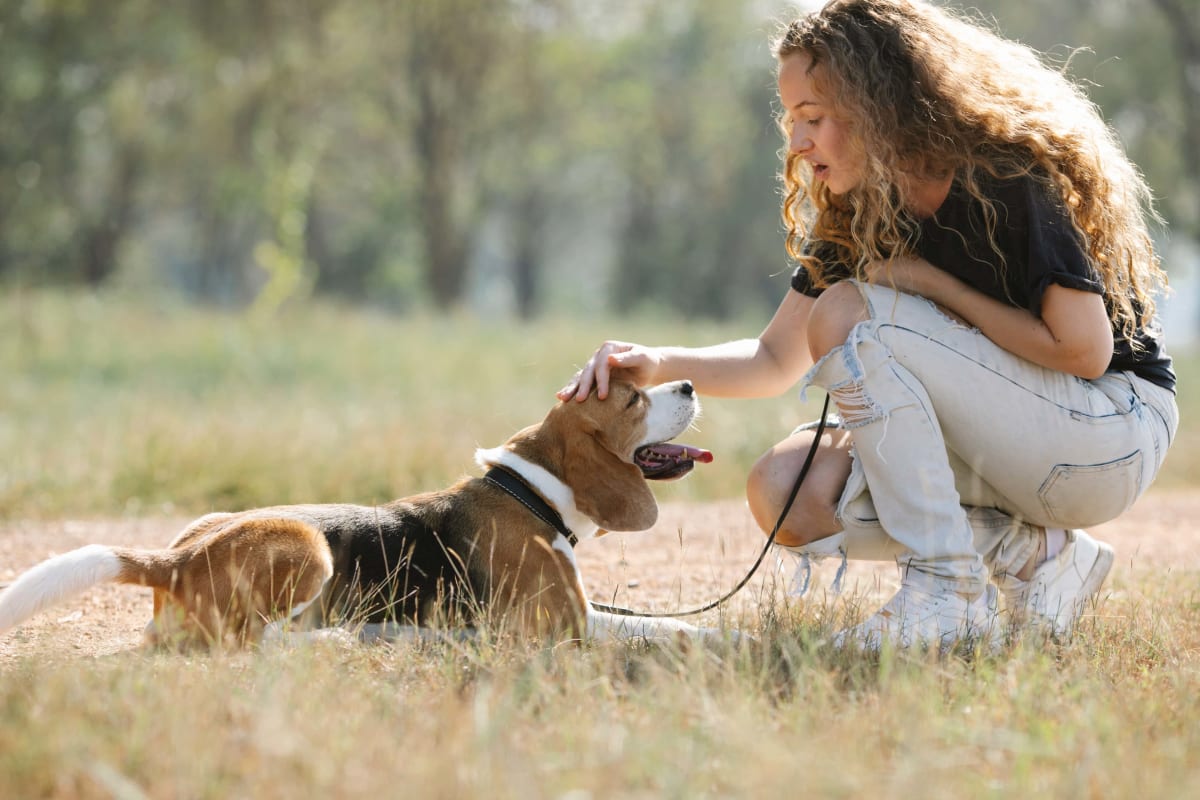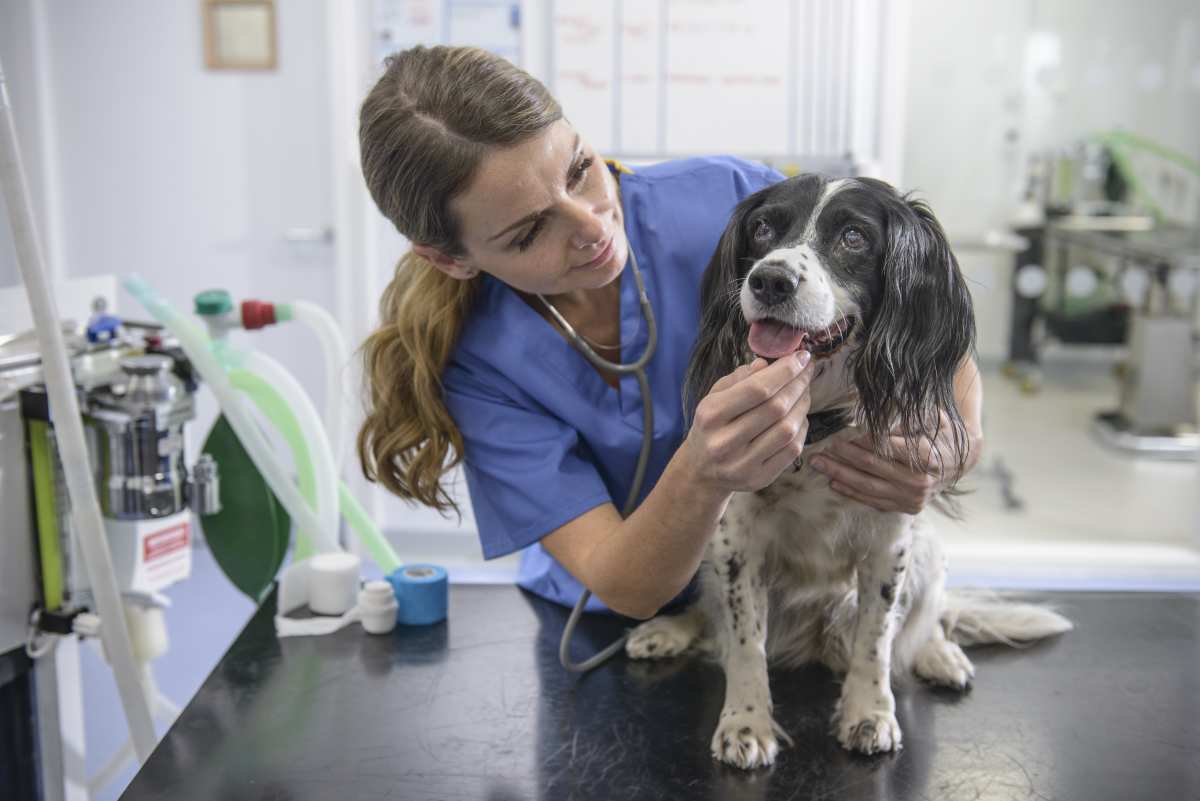Her dog kept gagging during night walks despite multiple clear X-rays — until one vet finally discovered what everyone else missed

Our furry companions are expressive when it comes to showing emotions, but when they are in distress, it is tough to watch them unable to express their pain. When pet owner Amanda Coleman noticed her then three-year-old Labrador, Poppy, gagging in the middle of her night walks, she couldn’t figure out what was causing her distress. After several unnoticed X-ray reports, one vet finally discovered what had been troubling her all along.

For several weeks, Coleman knew that Poppy was feeling uneasy. According to iHeartDogs, Coleman noticed that her canine companion often gagged during the night walks and would, at times, spit blood out of her mouth as she coughed. Without delay, she rushed her dog to the emergency vet to treat the bleeding, but the veterinarians were unable to notice anything in her throat. However, the pain and discomfort persisted. After several weeks of vet visits, Amanda was recommended to small animal specialist Erika Villedieu at Willows Veterinary Center. There, she discovered that a four-inch-long stick had lodged in her throat, which required immediate surgery to get it removed.

Recalling the incident, Amanda shared, "At first, we were stunned that Poppy had been walking around with this stick still inside without anyone realizing. I was so relieved something had been found, though, and Poppy could have the surgery straight away." The surgery was a success, and Villedieu managed to remove the stick from Poppy’s neck, but the Labrador's problem was yet to be solved.

Poppy no longer had swelling in her neck, but she exhibited other symptoms, such as lethargy and heavy drooling. Upon further examination, it was found that Poppy's salivary glands were larger than usual, and she was diagnosed with sialadenosis. Following the vet's treatment and medications, Poppy was able to return to her normal self. According to Coleman, the discovery of the condition took them four months, but the happy dog finally recovered in two days.

Sharing the distress she went through, Coleman added, "Throughout the entire four months, we worried constantly. Poppy was never left alone–she even came to work with me–and we had numerous visits to our local vets in between the ones to Willows." Thanking the vet, Coleman opened up about being fearful for Poppy's life. "We honestly thought we would lose Poppy after all she had been through."
Coleman's emotions have been echoed in a 2019 study from the Journal of Frontiers in Veterinary Science, which aimed to identify the types, causes, and consequences of medical errors in clinical veterinary settings. The study found that drug-related errors were the most common, followed by communication failures and mistakes linked to laboratory work, staff oversight, system issues, and equipment problems. As per the data, 15% of all reported incidents led to actual harm to animal patients, and about 8% resulted in permanent morbidity or death.